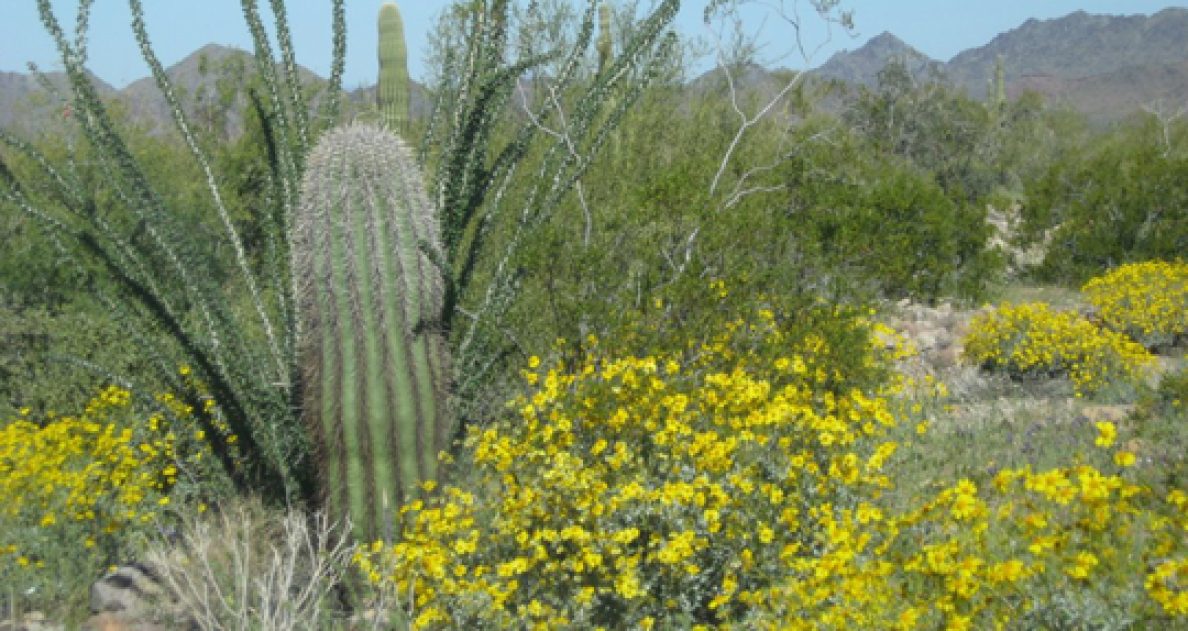Crooked Bear Creek Organic Herbs
The baobab (Adansonia digitata, Malvaceae) tree is indigenous to sub-Saharan Africa and is an important source of food and economic generation. Leaves, fruit, and seeds are eaten, and timber, fodder, and fibers from the tree are marketed. With roles in traditional medicine, culture, and religions, it is widely considered a sacred tree and often allowed to thrive in agricultural lands. Baobab is known to be high in vitamin C and other nutrients. However, nutritional studies on baobab vary greatly by sourced material and analytical methods. In addition, data on nutrients from east and south African baobabs have not been previously reported. Therefore, the authors analyzed fruit pulp and seeds from 17 populations in east, south, and west African nations (Kenya, Tanzania, Mali, Zambia, Zimbabwe, and Malawi) to determine if the region of origin affects nutrient content.
Provenances were from 8-1114 meters above sea level with rainfall of 463-1125…
View original post 816 more words

